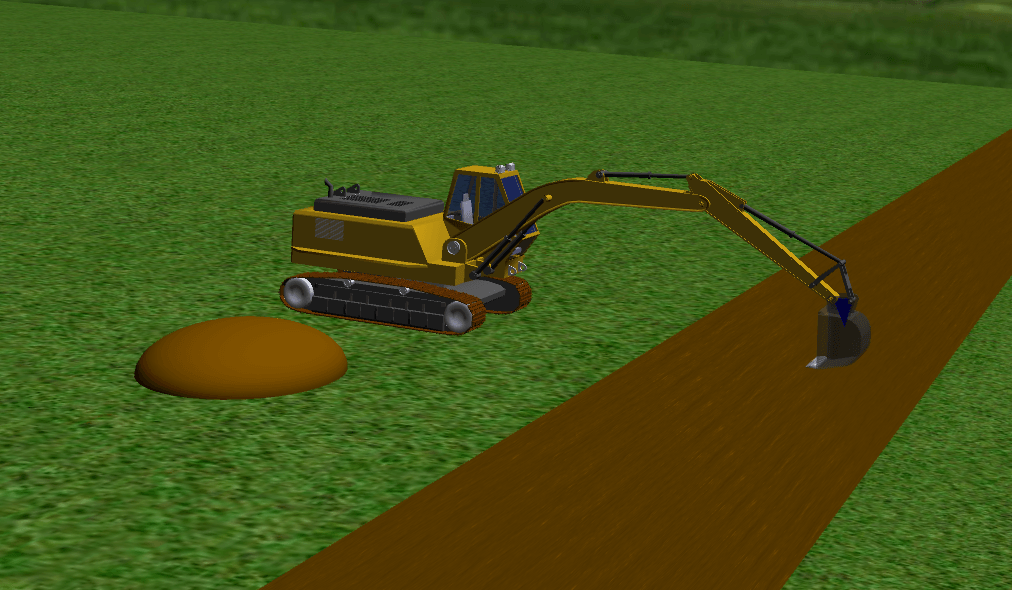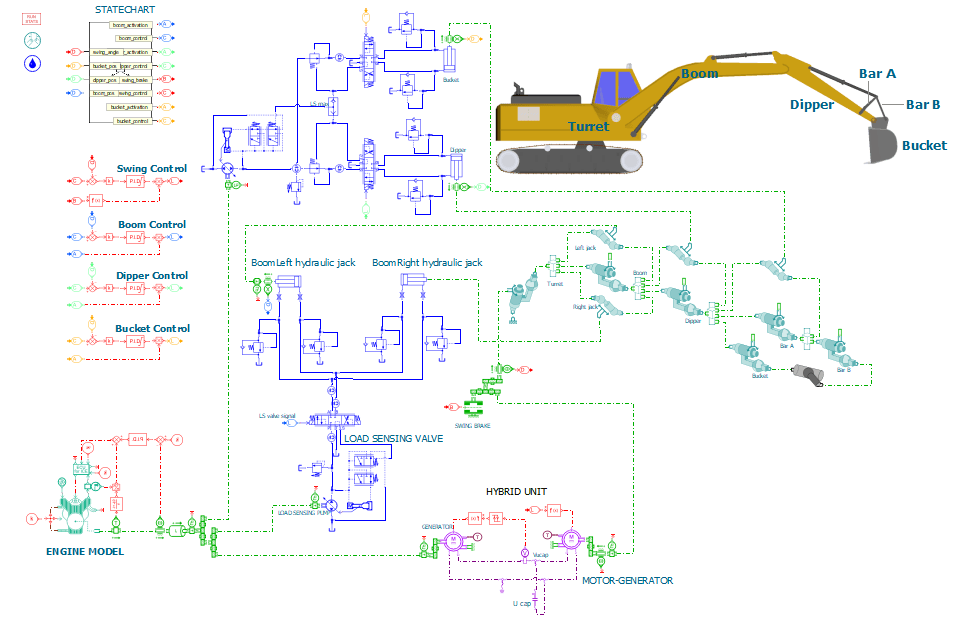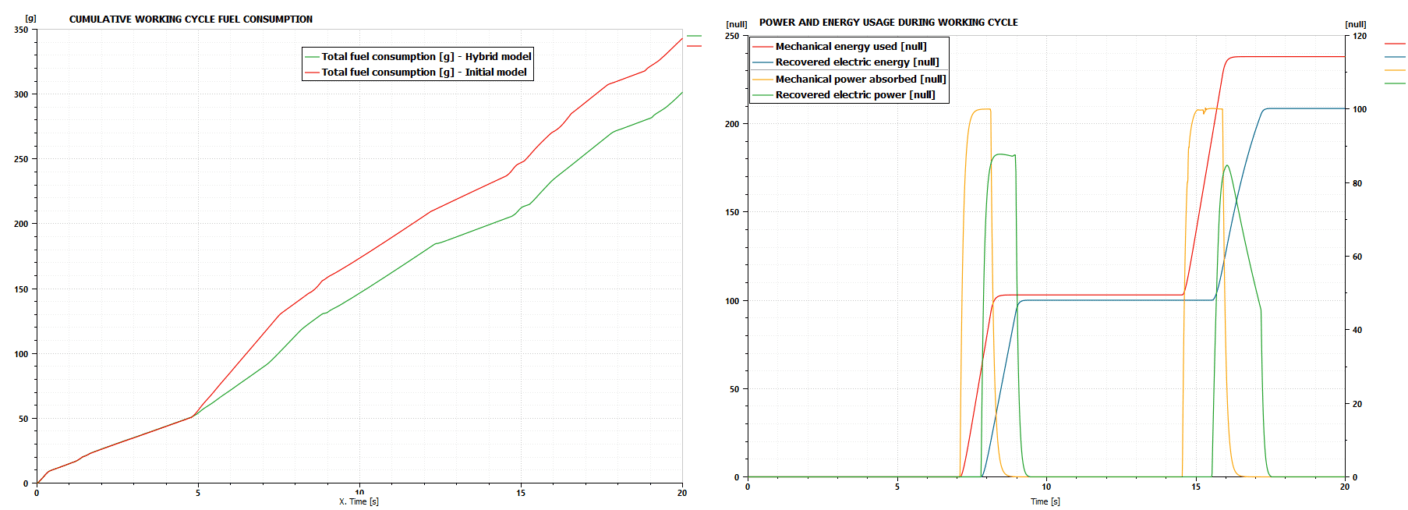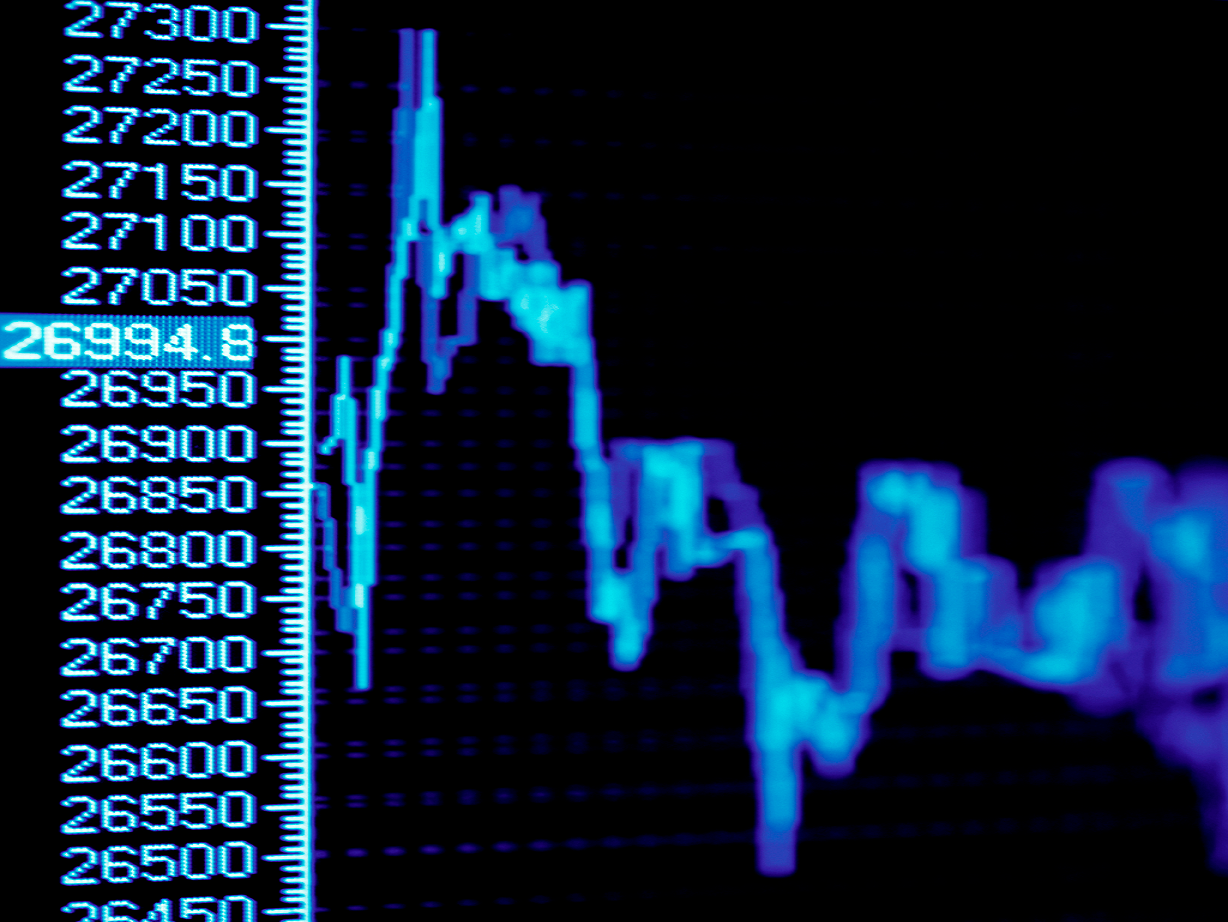Recognizing the true potential in energy saving

by Kalle Ahola & Hannu Mäkinen • 6 min read
Energy prices have recently been very unstable for all energy types. On both personal and commercial level this has increased the focus on energy usage probably more than in decades. Newspapers are filled with energy saving tips and tricks and most likely all of us have at least considered what one could do to save energy and what would be a big enough saving. And anyway, should that be considered by the absolute amount of energy or the monetary savings that could be gained. One can of course always go the extremes with savings, but does it really make sense to read the newspaper in the candlelight?

Confusing possibilities
Saving energy can seem like a difficult job as it can be done in so many ways and on many different levels and magnitudes. Also, the routes of energy losses might not be always evident and sometimes precise energy loss routing is difficult to measure as well. It is easy to find ways to save some energy by using energy consuming equipment less or adapting temperatures of real estate closer to ambient temperatures, but all saving methods might not be worth the effort or the consequences that switching devices on and off might cause. And what if you cannot save energy by just switching off devices because you have a business to run?
Whether savings are related to your home, office, production line or end product energy consumption, the most important thing is to identify the biggest consumers and then rank them by effort needed to modify them and cost of that modification against the potential savings. The evaluation of the energy consumption magnitude and the saving potential with gut feeling can lead to decisions that will not only cost the investment, but also affect the running and service costs for a long time. But as always there are ways to make choices with a better understanding and more civilized guesses.
Find your focus
In practice the easiest way to investigate your energy consumption is to measure it as comprehensively as you can and identify the biggest consumers empirically. But if switching off these devices is not an option, how can you really save energy? This is when the analysis of the energy consumer working cycles comes into play. Excessive component run times are usually the first thing that is evaluated. A more demanding task is to figure out if different parts of the system are working well together, and especially not against each other, which can happen for example when parts of the system are cooled as others are heated. With a good understanding of the system behavior and the component interactions there is also the possibility to recognize potential of energy recovery in some parts of the working cycle or system, but this already requires very holistic and systematic ways to analyze system. These analyzes can be still conducted by testing and measuring, if the running processes are not dangerous or their outcome is not critically depended on the system behavior that is altered. But this requires time and effort on-site.
Usually at this stage of analysis the building of simulation model starts to feel very tempting. Working cycle optimization in a virtual model gives the possibility to test out different working cycle ideas free of risks or costs. By utilizing virtual sensors in the simulation model, the system behavior can be investigated more comprehensively without additional costs from measurements. The outcome of the working cycle analysis can be that the savings from the cycle are not possible or sufficient. This basically means that hardware changes are next step that needs to be considered.
The alternative way
In real life costs of hardware changes and the lead times of design changes, production and installation cannot be avoided. Still the need to repeat them can be avoided if the iteration loops for system modifications are done in the virtual world first. You can reduce costs with simulation as it gives insight on saving magnitudes and the effect that the actual design changes will have on the system. This helps you to focus on the design changes that truly make a difference.
It is worth modeling the system with physical definitions of components and their interactions with each other. Practical benefits of this type of modeling are the possibility see the system response times, and both energy consumption and system behavior at transient operation conditions. As an example, if the system has large inertias, the re-acceleration of the inertias might eat up the planned savings gained during working cycle if only considering the on and off states of the component. By defining the physical behavior of components, the model can be also used for control system validation and savings can be gained from the shorter system control setup times after the hardware modifications.



Mastering the uncertainty
When components are physically defined, the model can be quickly modified to suit different market area energy source variants, product variants, working cycles or ambient conditions. Chosen energy saving strategy can be limited by for example the temperature limits or condensation of moisture. Whereas the market area specific expenses can affect the evaluation of design change and running costs. These what-if scenarios can be easily created in the simulation model to study the how sensitive our design choices are with different market area boundary conditions or forecasts of future development of energy prices.
Simulation model can also help reduce the unnecessary complexity of the system when hardware changes are required. Design changes can be evaluated without hardware investment or installation costs. If the hardware modifications are done with gut feeling without proper analysis, the changes that might turn out to be ineffective after testing need to be tested and might end up staying as parts of the system when they are installed as the disassembly would cost time and money.
After the actual savings have been identified, it is wise to consider what type of consequences might follow from system design changes. Optimization can lead to undesired side effects or to costs that in the long run cancel out the savings gained from the energy consumption. Phenomena like thermo-mechanical fatigue, high cycle fatigue and vibration induced noise of lighter components or more dynamic use of them might cause a need to take the design back to the drawing board. Fatigue of components is a risk that can come from the actual amount of dynamic working cycles or the thermo-mechanical loading cycles. Thermal expansion and contraction cause stress level changes on components if heat producing parts of the system are switched on and off. This might not have been taken into account in the design of components if the system was originally designed to run constantly with stable temperature conditions.
By analyzing the design options with simulation tools, risks of more complex and dynamic designs can be recognized earlier in the design process. When you build simulation models, you increase your understanding of system or component behavior, which helps you find the solution for the problematic designs more easily. Simulated behavior of components and systems forms a great basis and support for phenomena-based testing. It can also help focus testing on the areas where it brings the most value.
At the end of the day, predicting the energy prices precisely, even in near term, seems to be a difficult task. Even the wisest of the wise keep changing their forecasts and the variety of energy source options is getting wider than ever. So, most likely the wisest thing is to get prepared for changes by analyzing energy consumption with a system level simulation model. Creating what-if scenarios will increase the understanding of the current system, sensitivity to cost level changes and give the possibility to evaluate and adapt to new boundary conditions virtually, whatever they might be. The better energy consumption is understood on the system level, the easier it is to adapt and even innovate things that can’t be even imagined at this point in time.

More posts

Metso aiming to improve supply chain collaboration through system simulation
Webinar (THIS WEBINAR WILL BE HELD IN FINNISH LANGUAGE) (Material will be distributed in English) August 22, 2023 – 09:00 CET Learn how Metso utilizes system simulation in their hydraulic system design. Research engineer Jesse Backman shares his learning path to system simulation, and how Metso could improve the collaboration of the supply chain through […]

Metso pyrkii kehittämään toimittajayhteistyötä systeemisimuloinnin avulla
Webinaari 22.8.2023 – 10:00 EET Tule kuulemaan kuinka Metso hyödyntää systeemisimulointia hydraulijärjestelmien suunnittelussa. Tutkimusinsinööri Jesse Backman kertoo oppipolkunsa systeemisimuloinnin pariin ja kuinka Metso voisi kehittää yhteistyötä toimittajaketjussaan systeemisimuloinin avulla. Tärkeimmät opit esitellään käytännön suunnitteluesimerkin avulla. Kuinka parantaa yhteistyötä toimitusketjussa systeemisimuloinnin avulla? Mitä systeemisimulointi on? Systeemisimulointi yhdistää yksittäisten komponenttien ominaisuudet ja vuorovaikutukset koko järjestelmän dynaamiseksi käyttäytymiseksi. […]

From Chaos to Clarity: Embracing Modularity
by Olli Uuttu • 8 min read Dear reader, have you ever wondered what goes into building a truly modular product? It’s not as easy as it may seem. While there are several proven methods available to plan and implement optimal modular architectures, it still takes effort, dedication, and discipline to succeed. I’m sure you […]